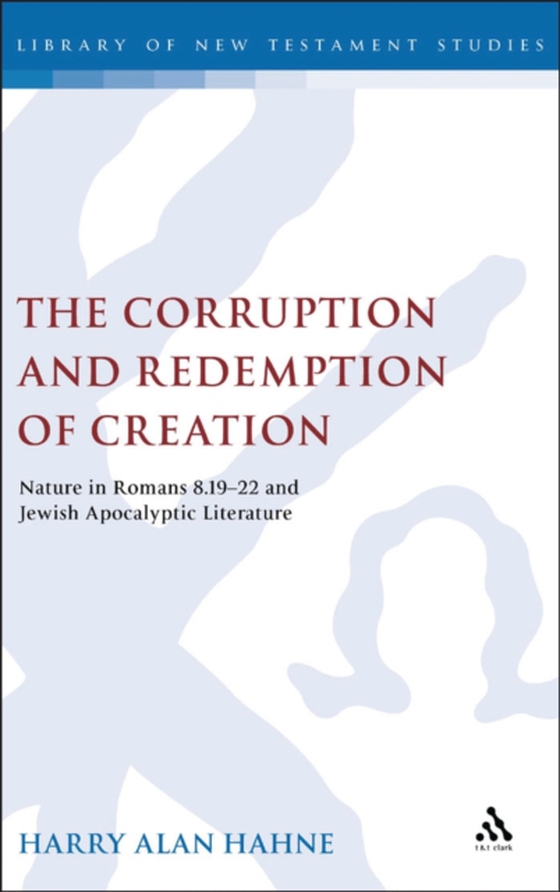
Corruption and Redemption of Creation e-bog
2190,77 DKK
(inkl. moms 2738,46 DKK)
Nature plays an important and often neglected role in Jewish apocalypses. Most Second Temple Jewish apocalypses (ca. 200 BC - AD 100) do not oppose the material world, but view nature as damaged by human and angelic sin. Rather than expecting God to destroy the world, many look forward to God's dramatic eschatological deliverance of nature from corruption. Although Romans 8:19-22 was not writte...
E-bog
2190,77 DKK
Forlag
T&T Clark
Udgivet
23 november 2006
Længde
286 sider
Genrer
HRLP5
Sprog
English
Format
pdf
Beskyttelse
LCP
ISBN
9780567339690
Nature plays an important and often neglected role in Jewish apocalypses. Most Second Temple Jewish apocalypses (ca. 200 BC - AD 100) do not oppose the material world, but view nature as damaged by human and angelic sin. Rather than expecting God to destroy the world, many look forward to God's dramatic eschatological deliverance of nature from corruption. Although Romans 8:19-22 was not written in the genre of an apocalypse, it shares the basic apocalyptic world view. The Apostle Paul follows that stream of apocalyptic thought that looks forward to the transformation of creation by an eschatological divine act, the reversal of the damage caused by sin, and the perfection of nature to share glory with redeemed humanity. A comparison of nature in Jewish apocalypses and Romans 8:19-22 reveals important insights into the theology of early Judaism and its influence on early Christian thought.
 Dansk
Dansk

